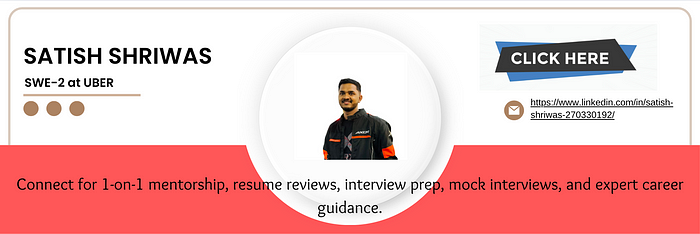Member-only story
System Design: Google Calendar
Creating a calendar application like Google Calendar involves careful planning, architecture, and optimization. Let’s walk through the RADIO method (Requirements, Architecture, Data model, Interface, Optimization) to design a simplified version of a Google Calendar-like app. 🚀

1. Requirements 📋
Functional Requirements:
- Authentication: Support OAuth 2.0 or Custom Login API for user authentication. 🔐
- Calendar View: Provide multiple views such as Day, Week, Month, and Year. 🗓️
- Event Management: CRUD (Create, Read, Update, Delete) operations for events. ✍️
- RSVP: Allow users to RSVP to events. 🎟️
- Push Notifications: Notify users of upcoming events. 🔔
Non-Functional Requirements:
- Responsive Design: Ensure the app works seamlessly on mobile and desktop. 📱💻
- Accessibility: Design for accessibility, ensuring users with disabilities can interact easily. ♿
- Offline Support: Implement offline support using PWA (Progressive Web App) and Service Workers. 📶
- Web Security: Prevent XSS (Cross-Site Scripting) and other vulnerabilities. 🛡️
- Logging & Monitoring: Use tools like Sentry for error tracking and A/B testing for feature experimentation. 📊
- Globalization: Support multiple languages and regions. 🌍
- Performance: Focus on pagination, caching, and optimizing large datasets.
Topmate:https://topmate.io/satish_shriwas

2. Architecture 🏛️
Rendering:
- CSR (Client-Side Rendering) will be used to enhance the app’s responsiveness and interactivity. ⚡
Framework:
- We’ll use ReactJS to build the app due to its component-based structure and state management capabilities. ⚛️

